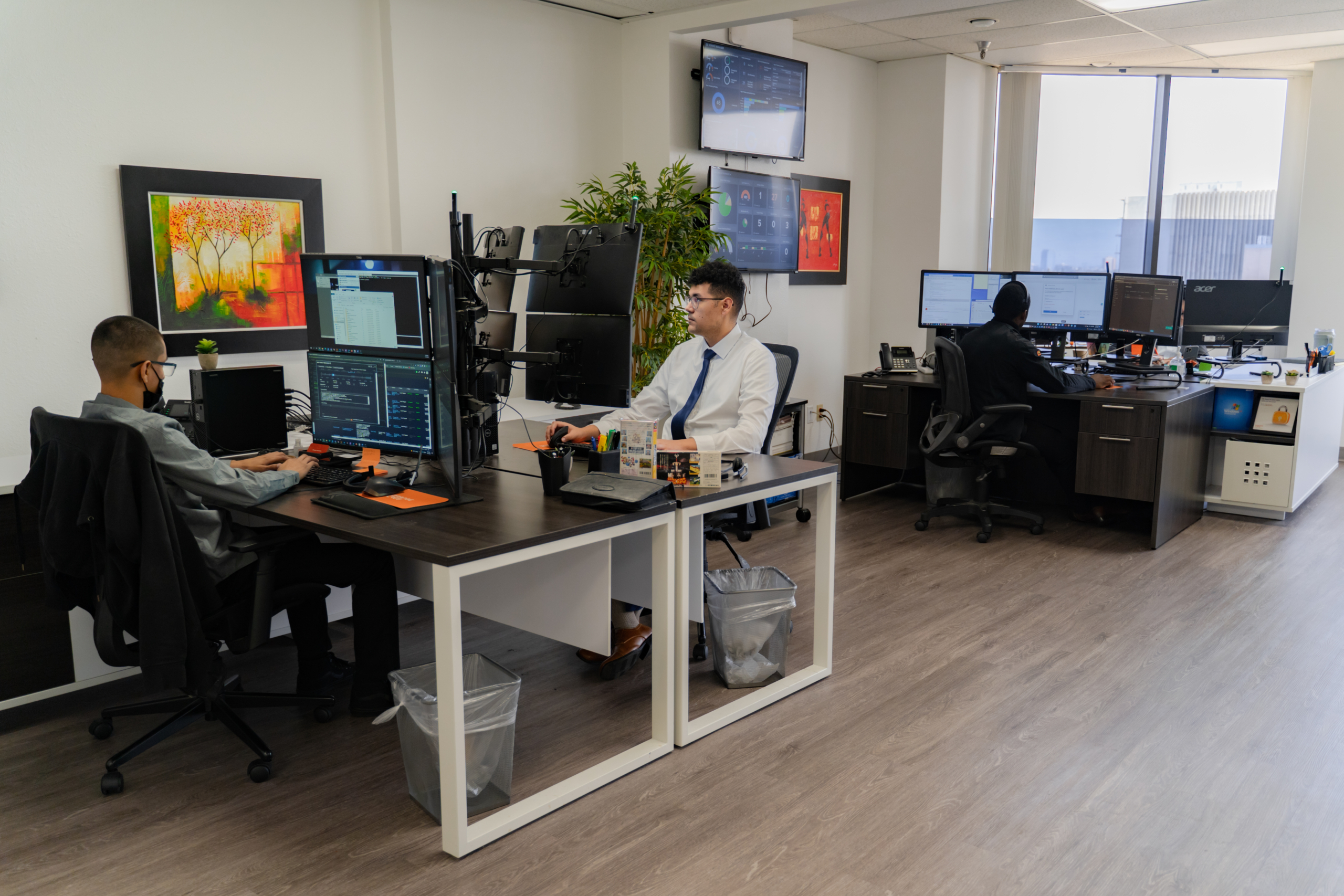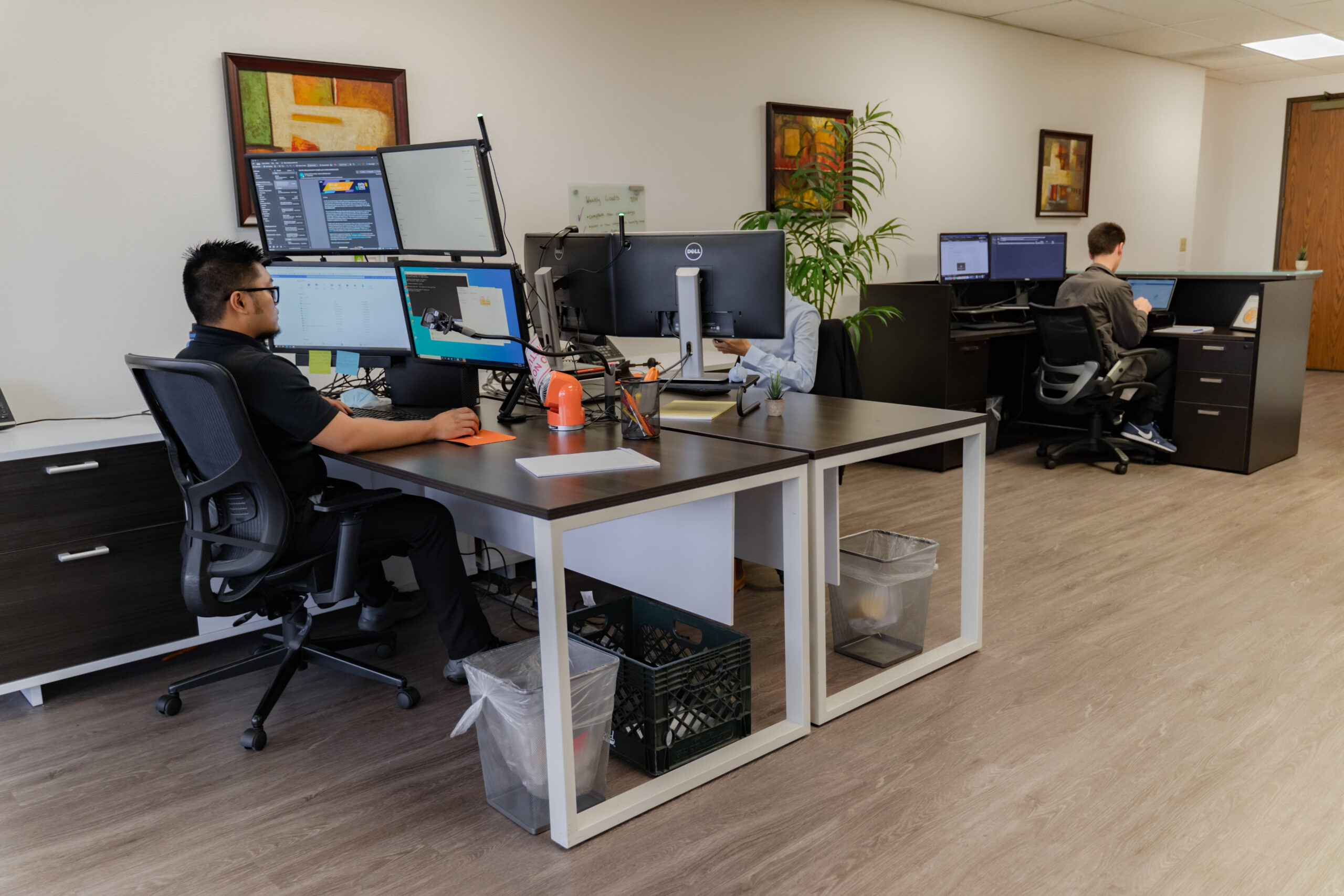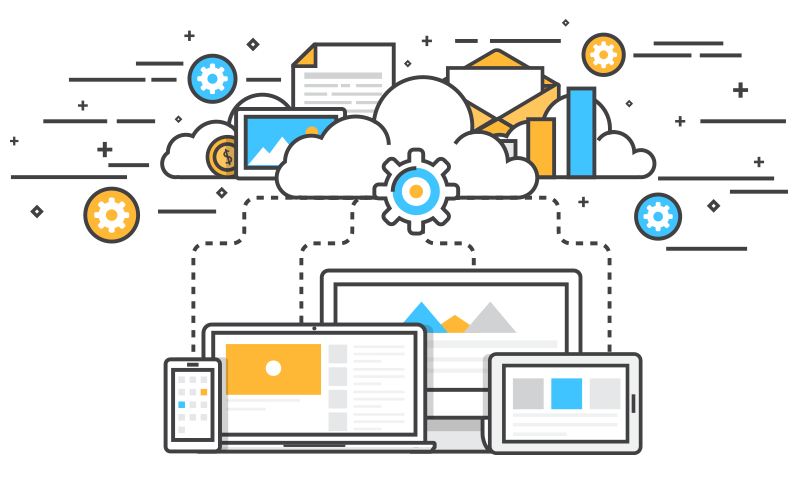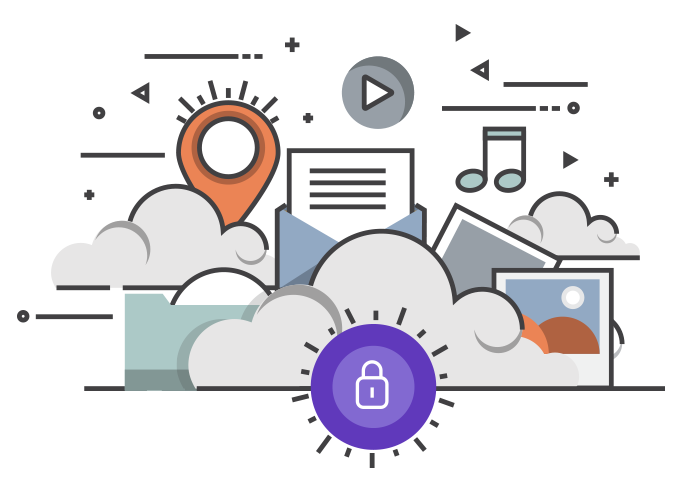Why Trust Orange Crew?
Here are 8 rock-solid reasons!

MANAGED IT SERVICES
When you need managed services in Orange County and Los Angeles to maintain peak operation in the IT network of your small business, consider us here at Orange Crew. We’ll manage all of your IT services for a flat-rate fee so you can focus your efforts on spurring your revenues to grow. Let us give you the peace of mind you deserve with your small business today with Orange Crew’s managed services.


NETWORK & COMPUTER SECURITY
Network security should be a number one priority for businesses in Orange County and Los Angeles. With ransomware, hacks, attacks, vulnerabilities and data theft affecting companies all around the world on a daily basis, it’s just a matter of time before your business is hit. Orange Crew’s goal is to provide you with the best network security protection possible, while also keeping your unique needs and budget in mind.

DATA BACKUP & DATA RECOVERY
Data backup and recovery is the most important service you could ever sign up for. From tax records to client information, your data is essential in running your business. When it’s lost because of an unanticipated natural disaster or even worse, it is stolen, you need to make sure you can recover that data so your business can continue to thrive and grow without losing clients.


BUSINESS TELEPHONE SERVICES.
Is your current phone system not keeping up with the demands of your business, or do you find your company missing calls, or worse yet sales due to lacking functionality or features? A new Voice over IP (VoIP) telephone system from Orange Crew may be in order. With our new VoIP solutions in Orange County and Los Angeles, you can rest assured that your business needs will be met and far exceeded.
“We can depend on good, prompt, and friendly service.”
Having Orange Crew set up and service our PC’s makes our office run more efficiently. We can depend on quick response to our problems in a timely manner and solve some of our issues by phone. We can recommend Orange Crew to other companies to use for their IT work because we can depend on good, prompt, and friendly service.
Vera Kennedy, Recycled Rags









